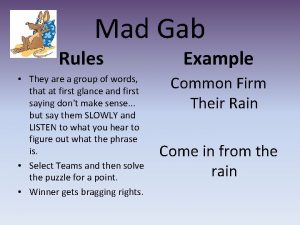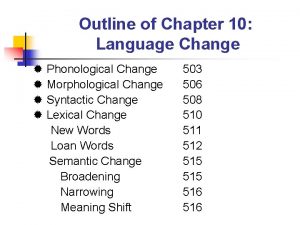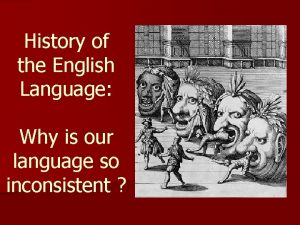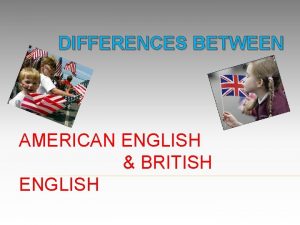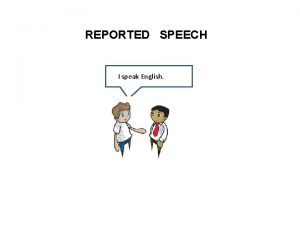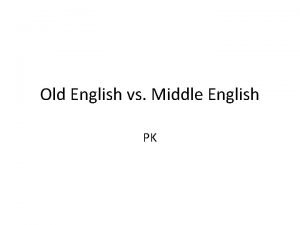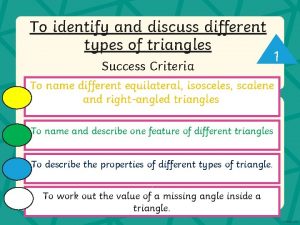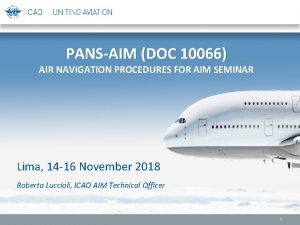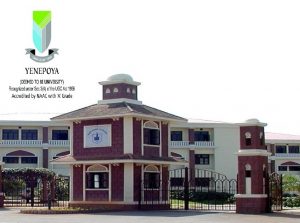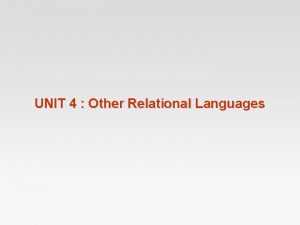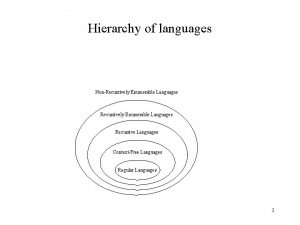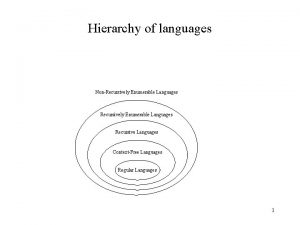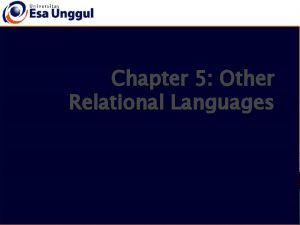AIM How is English related to other languages






































- Slides: 38

AIM: How is English related to other languages? Do Now: Name 6 languages from the Indo-European family.












Indo-European Language Family The main branches of the Indo-European language family include Germanic, Romance, Balto-Slavic, and Indo-Iranian.


See how they are related?

Germanic Branch of Indo. European The Germanic branch today is divided into North and West Germanic groups. English is in the West Germanic group.

Germanic English and German are both languages in the West Germanic group. West Germanic is further divided into High Germanic and Low Germanic subgroups, so named because they are found in high and low elevations within present-day Germany.

Germanic Continued High German = origin of modern German Low German = origin of modern English The Germanic language branch also includes North Germanic languages, spoken in Scandinavia. The four Scandinavian languages— Swedish, Danish, Norwegian, and Icelandic—all derive from Old Norse.

Indo-Iranian Branch of Indo -European The branch of the Indo-European language family with the most speakers is Indo. Iranian, more than 100 individual languages divided into an eastern group (Indic) and a western group (Iranian).

Indic (Eastern) Group of Indo-Iranian Language Branch The most widely used languages in India, as well as in the neighboring countries of Pakistan and Bangladesh, belong to the Indic group of the Indo. Iranian branch of Indo. European.

Hindi Approximately one-third of Indians, mostly in the north, use an Indic language called Hindi is spoken many different ways—and could be regarded as a collection of many individual languages, but there is only one official way to write the language, using a script called Devanagari.

Hindi as the dominant language Hindi, originally a variety of Hindustani spoken in the area of New Delhi, grew into a national language in the nineteenth century when the British encouraged its use in government.

Pakistan’s principal language, Urdu, is spoken very much like Hindi but is written with the Arabic alphabet, a legacy of the fact that most Pakistanis are Muslims, and their holiest book (the Quran) is written in Arabic.

South Asian Languages and Language Families Indo-European is the largest of four main language families in South Asia. The country of India has 18 official languages.

Iranian (Western) Group of Indo. Iranian Language Branch Indo-Iranian languages spoken in Iran and neighboring countries form a separate group from Indic. The major Iranian group languages include Persian (sometimes called Farsi) in Iran, Pathan in eastern Afghanistan and western Pakistan, and Kurdish, used by the Kurds of western Iran, northern Iraq, and eastern Turkey. These languages are written in the Arabic alphabet.

Balto-Slavic Branch of Indo -European Slavic was once a single language, but differences developed in the seventh century A. D. when several groups of Slavs migrated from Asia to different areas of Eastern Europe.

West and South Slavic Groups of Balto-Slavic Language Branch The most spoken West Slavic language is Polish, followed by Czech and Slovak speakers can understand the other. The two most important South Slavic languages are Serbo. Croatian and Bulgarian. Although Serbs and Croats speak the same language, they use different alphabets.

East Slavic and Baltic Groups of Balto-Slavic Language Branch After Russian, Ukrainian and Belarusian (sometimes written Byelorussian) are the two most important East Slavic languages. The desire to use languages other than Russian was a major drive in the Soviet Union breakup 2 decades ago.

Romance Branch of Indo-European The Romance branch includes three of the world’s 12 most widely spoken languages (Spanish, French, and Portuguese), as well as a number of smaller languages and dialects.

Origin and Diffusion of Romance Languages As the conquering Roman armies occupied the provinces of it’s vast empire, they brought the Latin language with them the languages spoken by the natives of the provinces were either extinguished or suppressed. Latin used in each province was based on that spoken by the Roman army at the time of occupation. Each province also integrated words spoken in the area.

Origin and Diffusion of Romance Languages The Latin that people in the provinces learned was not the standard literary form but a spoken form, known as Vulgar Latin, from the Latin word referring to “the masses” of the populace.

After the Fall of Rome By the eighth century, regions of the former empire had been isolated from each other long enough for distinct languages to evolve. Latin persisted in parts of the former empire. People in some areas reverted to former languages, while others adopted the languages of conquering groups from the north and east, which spoke Germanic and Slavic.


Romance Language Dialects – France Distinct Romance languages did not suddenly appear. They evolved over time. The creation of standard national languages, such as French and Spanish, was relatively recent. The dialect of the Ile-de-France region, known as Francien, became the standard form of French because the region included Paris.

French Continue The most important surviving dialect difference within France is between the north and the south. The northern dialect, langue d’oil and the southern langue d’ôc provide insight into how languages evolve. These terms derive from different ways in which the word for “yes” was said.

Romance Language Dialects – Spain, like France, contained many dialects during the Middle Ages. In the fifteenth century, when the Kingdom of Castile and Leon merged with the Kingdom of Aragón, Castilian became the official language for the entire country.

Spanish and Portuguese Speaking Countries Spanish and Portuguese have achieved worldwide importance because of the colonial activities of their European speakers. Spanish is the official language of 18 Latin American states, while Portuguese is spoken in Brazil.

Spanish and Portuguese Approximately 90% of Spanish and Portuguese speakers live outside Europe.
 Physical fitness two types
Physical fitness two types Health related fitness and skill related fitness
Health related fitness and skill related fitness Madgab rules
Madgab rules Petal in other languages
Petal in other languages Bipolar and other related disorders
Bipolar and other related disorders Bipolar and other related disorders
Bipolar and other related disorders New zealand official languages english
New zealand official languages english New zealand official languages english
New zealand official languages english Other initiated self repair example
Other initiated self repair example Speak theme
Speak theme Spoken english and broken english summary
Spoken english and broken english summary Phonological change examples
Phonological change examples Father of tragedy in english literature
Father of tragedy in english literature Old english vs modern english
Old english vs modern english American vs english words
American vs english words American vs british words
American vs british words Old english vs modern english
Old english vs modern english “i speak english” he said that he ……english
“i speak english” he said that he ……english Examples of old english
Examples of old english The gap between written and spoken english
The gap between written and spoken english Motorway stressed syllable
Motorway stressed syllable Peter steiner nude
Peter steiner nude Osu slds aim
Osu slds aim Step up transformer construction
Step up transformer construction Aim triangle
Aim triangle Scouting objectives
Scouting objectives Aim suffix
Aim suffix Struktur artikel ilmiah
Struktur artikel ilmiah Resistance welding basics
Resistance welding basics Aim isen boyfriend
Aim isen boyfriend Fractional distillation
Fractional distillation Main defects of existing curriculum
Main defects of existing curriculum Aim project management
Aim project management Doc 10066
Doc 10066 What is the purpose of narrative text types
What is the purpose of narrative text types Aim sample
Aim sample Objectives of micro-teaching
Objectives of micro-teaching The aim chemistry
The aim chemistry Aim of kothari commission
Aim of kothari commission


